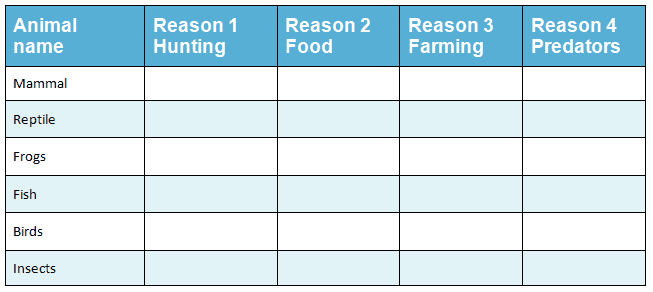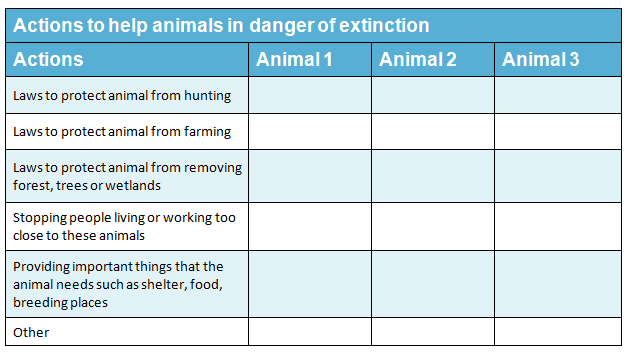Information for Teachers
Curriculum links
This investigation is linked to the following Grade 3 Next Generation Science Standards.
LS2.C: Ecosystem Dynamics, Functioning, and Resilience
When the environment changes in ways that affect a place’s physical characteristics, temperature, or availability of resources, some organisms survive and reproduce, others move to new locations, yet others move into the transformed environment, and some die. (secondary to 3-LS4-4)
LS4.C: Adaptation
For any particular environment, some kinds of organisms survive well, some survive less well, and some cannot survive at all. (3-LS4-3)
LS4.D: Biodiversity and Humans
Populations live in a variety of habitats, and change in those habitats affects the organisms living there. (3- LS4-4)
How to search the internet
1 Keep your request short
Fewer words will give a more accurate search.
2 Choose exactly what you want
For example: Arctic Circle Climate
3 Use quotes
Double quotes around a set of words tell the search engine to consider those exact words in that exact order without any change. For example: “Arctic Circle Climate”
4 Use the plus sign (+)
If you add a plus sign (+) between words, the internet will search for all the words. For example: migrate+birds+whales+mammal
5 Use the minus sign (–) to say what you don’t want
Use a minus sign (–) to show words you do not want to appear in your results. For example: if you search for burrowing animals and do not want mammals in your search, –mammals will exclude mammals. Note that you need to put a space before the minus sign for the word to be excluded.
6 Be very clear about what you don’t want
Part 1
Ask questions and define problems
After reading Going, Going, Gone? you may have many questions about why animals became extinct.
List your questions
- Compare your list with questions that others have.
- Choose a question you would like to investigate.
- You can work alone, with a partner, or in a small group.
You may want to choose one or more of these questions to investigate
Q1. Make a list of the animals that may have once been in danger of becoming extinct, but seem to be doing well today. Why has this happened?
Q2. Which animals are seriously in danger of becoming extinct today? Why? Can anything be done to help them?
Go to Part 2 Investigate →Part 2
Investigate
Helpful websites
You may want to use websites to help with your investigations.
You can use words like these in doing your search:
Endangered+species+population
Go to Part 3 Record data →Part 3
Record data
Find a way of recording your information that will allow you to see any patterns in the data.
Data Chart for acutely endangered animals
 Download Chart
Download Chart
Go to Part 4 Organize, analyze, and interpret data →
Part 4
Organize, analyze, and interpret data
1. Look over the information you have gathered and the patterns you have found.
Why are these animals facing extinction? Can anything be done to help them?
2. Search for other patterns.
Have animals like these been rescued before? How? What might happen if new laws protect them?
3. Makes notes about what you find.
Go to Part 5 Present and share →Part 5
Present and share
Look over all of the information that you have gathered in your investigation.
What are the most important ideas about projects to protect animals in danger of extinction?
Make a chart showing the most important ideas.
 Download Chart
Download Chart
← Return to menu